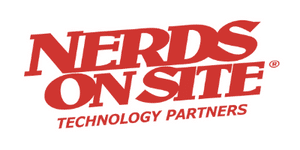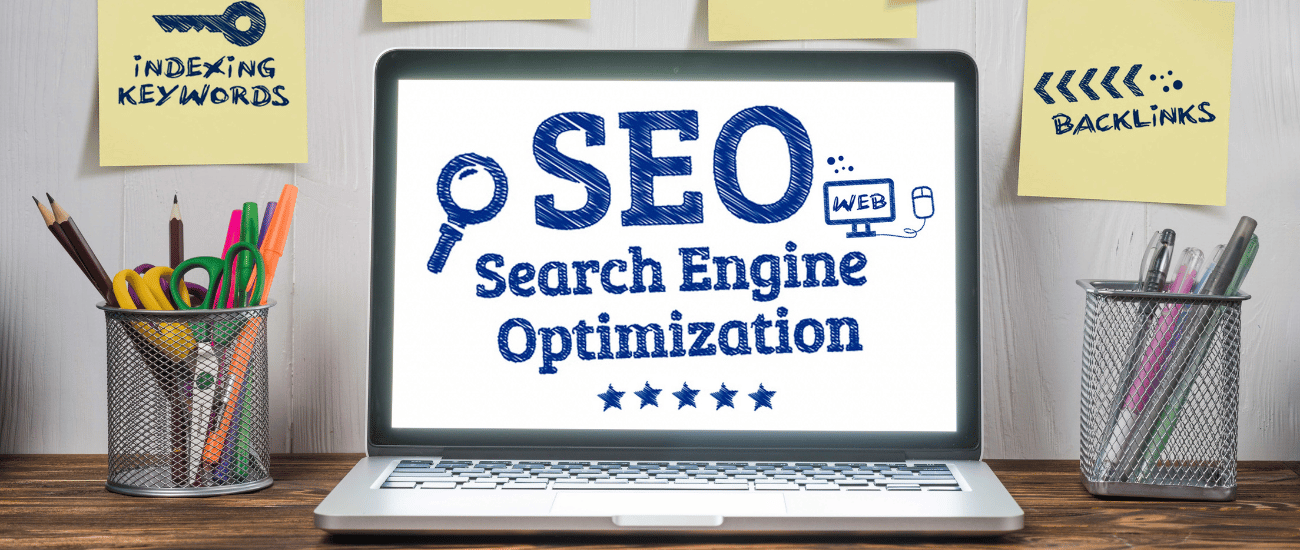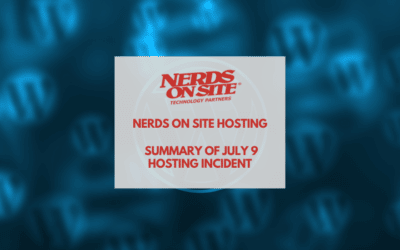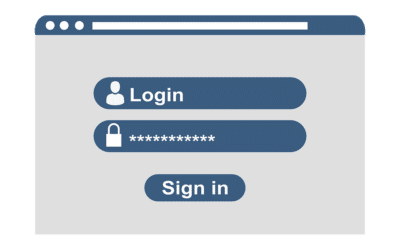I’m going to open this blog post up with a term you may have heard of if you’ve focused on developing websites before, Core Web Vitals. If you’ve not done any kind of design or development before, don’t worry, I’ll help explain what Core Web Vitals are and why they should be important to your SEO strategy.
Article Contents
When talking about SEO, we typically refer to optimizing a website for search engines. SEO is a tricky niche that is constantly changing, as search engines like Google are constantly updating their algorithms to provide a better user experience for users searching the web.
One of the most important elements of SEO is page speed, which refers to the time your website’s pages load on a user’s browser. Optimizing your page speed is important because it helps improve your user experience, keeping visitors on your website longer and reducing bounce rates.
To improve user experience across the web, Google introduced a tool called PageSpeed in June 2009 that allows website developers to understand how a website is performing and make recommendations on how to improve any issues the site might have with speed.
Doubling down with the need for speed, in May 2020, Google introduced Core Web Vitals, a set of metrics to determine the speed of websites on its search engine network with the ultimate final step of the need for speed, announcing in June 2021 it is now a ranking factor that all websites must meet to be considered for Google search rankings.
Website page speed is a ranking factor for Google
Firstly, if you’ve not signed your website up for Google Search Console you should go ahead and do that; real-world user data will be stored in this console under the ‘Experience’ section.
Under the ‘Experience’ section, you will see ‘Core Web Vitals’; this will show statistics of how your site is currently doing. Anything in Red is a major warning, with anything in Yellow showing work to be done.
Anyone who has tried to load a website on a slow internet connection knows how frustrating it can be. Studies have shown that users are less likely to return to a website if it takes more than a few seconds to load and that even a one-second delay can significantly impact conversion rates.
Given the importance of speed, it’s not surprising that page loading time is one of the factors that Google uses to rank websites. This means that website owners need to focus on creating relevant and informative content and making sure that their pages load quickly.
Google’s website speed is largely measured by three important metrics, First Content Paint (FCP), Largest Contentful Paint (LCP), and Cumulative Layout Shift (CLS).
- First Content Paint (FCP): The time it takes for a webpage to appear on the screen when a user first opens it.
- Largest Contentful Paint (LCP): The time it takes for a webpage to show the largest amount of content that is deemed important.
- Cumulative Layout Shift (CLS): The time it takes for the layout of a webpage to be shifted into place so that the user can view all sections of that page.
If this sounds foreign to you, that’s OK. This blog post serves as an informational starter as to what page speed is and why it’s important, but later in this series, I’ll discuss what you can do to improve your FCP, LCP, and CLS. Check back later if this blog post does not yet include links to these resources.
In short, Google cares about the speed your website takes to load, the speed your biggest element takes to load (usually top banner), and if your website is shifting during load.
Google Search Console data is taken from historical user data, those who have been using your site from Google. This data is then used to determine how your site performs under average use, and it also allows you to check your page speed performance.
Since the June 2021 update, websites that have poor scores will rank lower on Google searches, affecting the traffic and overall performance.
Check your website with Google’s PageSpeed tool
By using Google’s PageSpeed tool you can determine how well your website is performing, and it gives you recommendations on how to improve your website speed. This tool is a great place to start if you want to ensure that your website is meeting Google’s speed requirements.
To use the PageSpeed tool, simply enter your website address into the search box and click “Analyze”. The tool will then generate a report outlining your website’s strengths and weaknesses, along with recommendations on how to improve.
Understanding your PageSpeed score
Once you’ve hit analyze and created the report, you will be given an overall score of your website in both Mobile & Desktop variants.
- 0-49: Red. Poor Performance
- 50-89: Amber. Needs Improvement
- 90+: Green. Good!
The report is then broken down into 6 sections.
- First Content Paint (FCP)
- Speed Index
- Largest Contentful Paint
- Time to Interactive
- Total Blocking Time
- Cumulative Layout Shift
Each section has its own scoring metric for Red, Amber, and Green. The most important of these metrics are FCP, LCP & CLS. Utilizing some coding tricks you can get away with an Amber Total Blocking Time because it improves other metrics.
If this sounds foreign to you, that’s OK. This blog post serves as an informational starter as to what page speed is and why it’s important, but later in this series, I’ll discuss what you can do to improve your FCP, LCP, and CLS. Check back later if this blog post does not yet include links to these resources.
What to do if you’re failing
That depends on how technically savvy you are. The above metrics are controlled by the underlying code of your website. If you’re utilizing a content management system such as WordPress, there are many plugins you can use to improve performance, but be warned, rarely are any of these solutions plug-and-play and require a lot of configuration to achieve the desired results.
If you’re not confident in your coding abilities and/or don’t have time to learn, you may want to consider hiring a developer or agency that can help optimize your code.
Why does Google care about how fast your website is?
Google cares about how fast your website is for the same reason that a retail store cares how fast its doors open or a restaurant cares how fast it can take your order. When page speed is slow, people are going to get impatient and leave.
Google cares about delivering not only the right content but also the best experience for its users, and it’s working extremely hard to improve its search engine capabilities. If users are getting frustrated with your website, they’re going to leave, and when enough people leave for a similar site that is faster, Google will rank it higher in search results, thus delivering more traffic to that site while your site receives less.
Pick up the pace. Improve your website speed, and Google will reward your site with greater visibility online.
Need Expert Advice?
If you’re interested in learning more about page speed and how to improve your score, contact us below, and we can offer a free consultation on what your website challenges may be, and offer expert recommendations on how to overcome them.
We are a team of experienced developers and marketers who specialize in improving website performance. We would love to help you improve your website score so that you can see higher rankings and more traffic! Contact us today for a free consultation.











